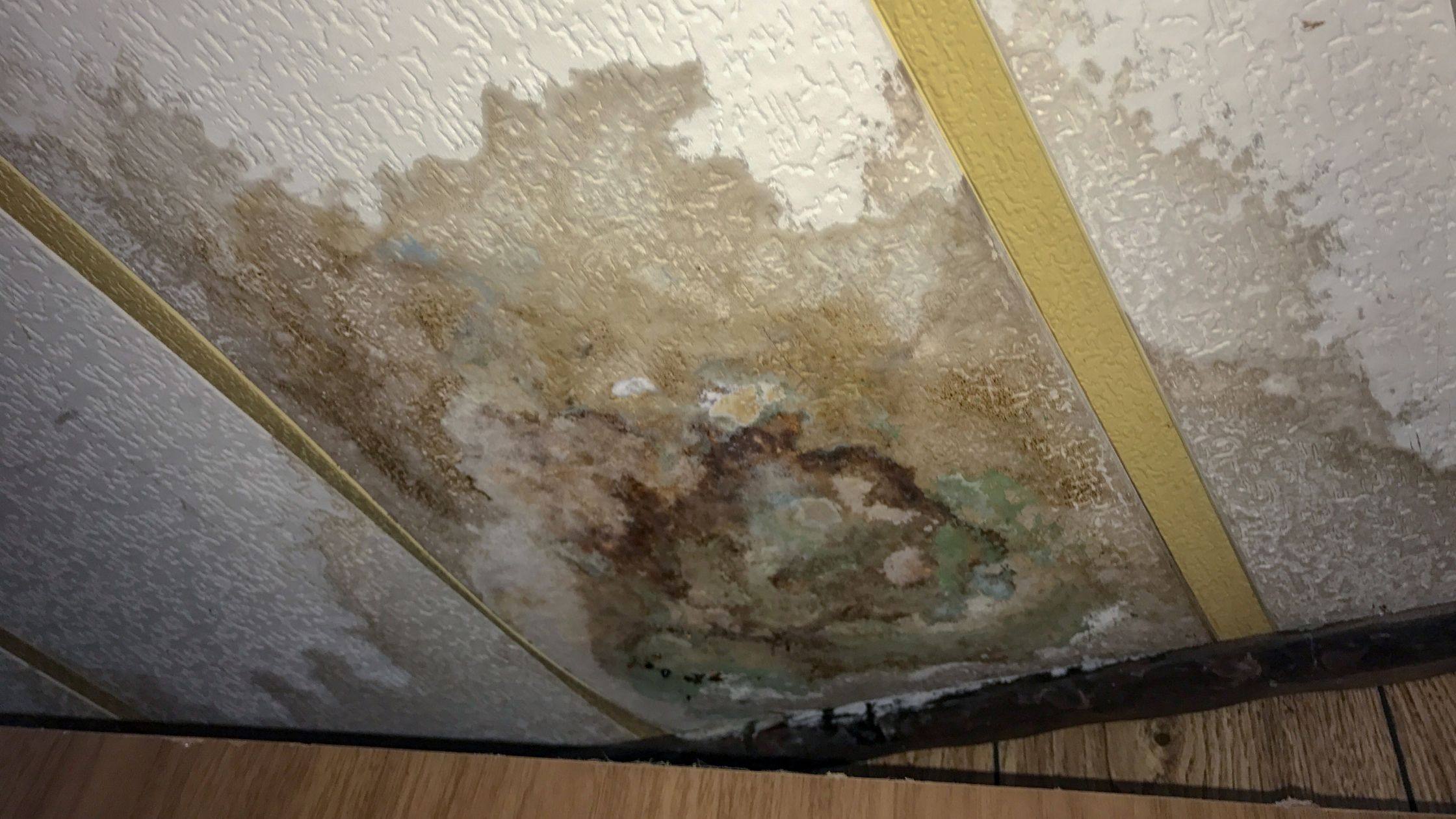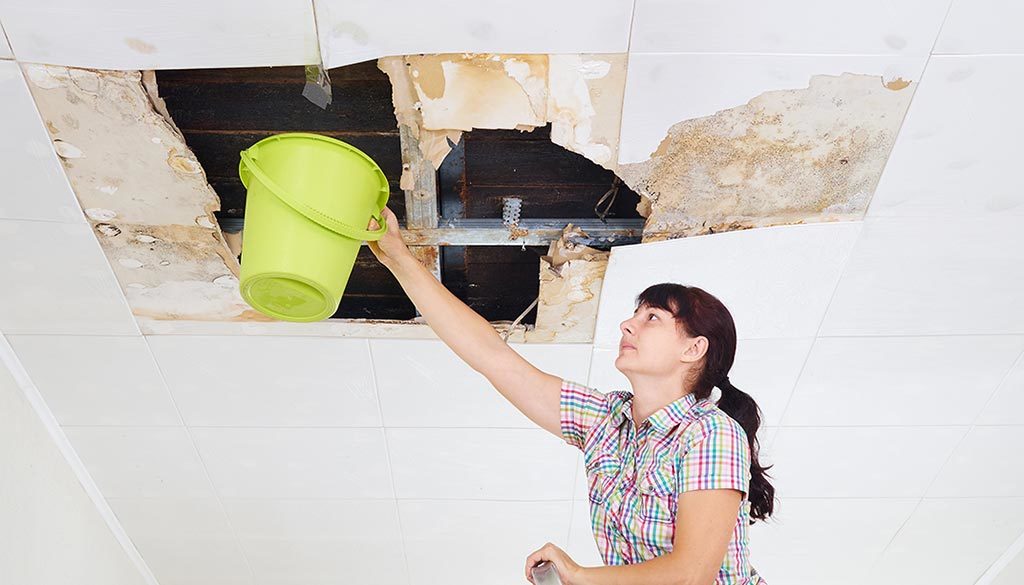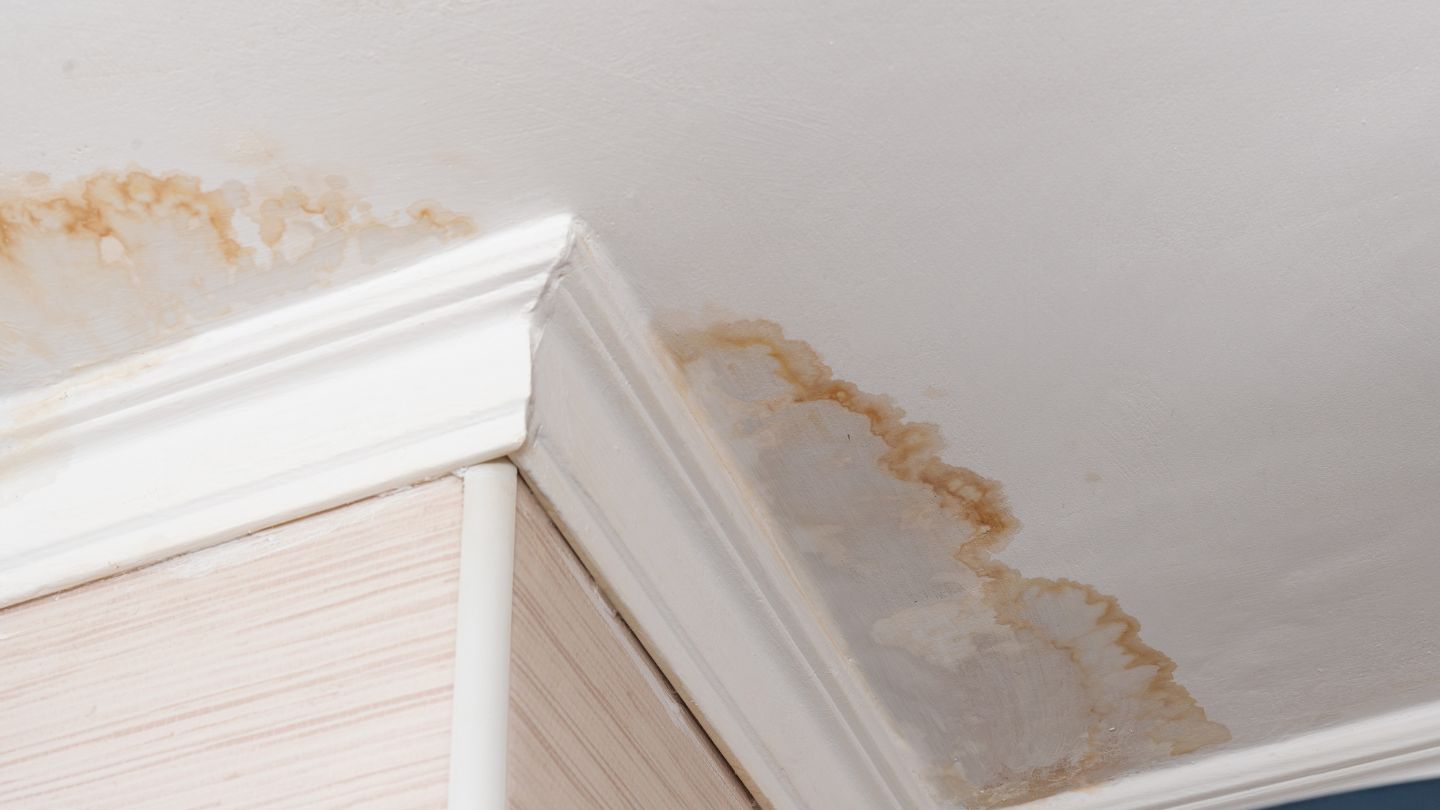Quick Response Emergency Water Leak Repair for Residential and Commercial Needs
The Refine of Water Damage Cleanup: Guaranteeing Your Home Is Recovered Efficiently
Water damages can be a difficult challenge for house owners, necessitating a thorough and structured clean-up procedure to bring back security and capability. Originally, a comprehensive assessment is crucial to identify the level of the damage and identify the suitable removal measures. Following this, effective water removal strategies play an essential duty in mitigating further damage. The nuances of drying out, sterilizing, and ultimate restoration are similarly important and commonly forgotten. Understanding these stages can make a considerable difference in the result of your home's restoration, prompting a closer consider what each step entails.
Assessing the Damage
Upon finding water damages, the initial step is to thoroughly assess the degree of the impact. This preliminary examination is critical, as it helps figure out the necessary actions for effective clean-up and repair. Begin by checking the impacted locations, including wall surfaces, ceilings, floors, and individual belongings, to recognize the resource of the water intrusion, whether from flooding, leakages, or condensation.
Documenting the damage is essential for both insurance claims and intending restoration initiatives - damage restoration services. Use photographs and composed notes to catch the extent of the damages, noting any damaged architectural elements and materials. Pay unique interest to locations that may not be quickly noticeable, such as behind wall surfaces and under carpetings, as concealed dampness can cause more issues, consisting of mold and mildew development
Furthermore, assess the timeline of the water direct exposure. Eventually, a comprehensive analysis lays the groundwork for a successful water damage cleaning procedure, making sure that all influenced locations are addressed properly and extensively.
Water Removal Strategies

Professionals usually utilize completely submersible pumps for larger quantities of water, which can quickly relieve flooding in basements or various other influenced locations. For smaller sized quantities, wet/dry vacuums are frequently utilized to draw out residual dampness from rugs and hard surfaces. Additionally, using mobile extractors permits targeted removal in constrained spaces or locations with fragile products.
In circumstances of infected water, such as sewer or floodwater, advanced extraction methods might entail making use of biohazard devices to guarantee safety and security and conformity with health and wellness laws. High-powered removal devices are critical in reducing water retention in architectural materials, which can lead to mold development and architectural wear and tear if not attended to immediately.
Ultimately, the effectiveness of water removal strategies plays an essential function in the total success of the water damages cleanup process, preparing for subsequent reconstruction initiatives.
Drying and Dehumidification
As soon as standing water has actually been effectively drawn out, the next crucial phase in the water damage cleanup process is drying and dehumidification. This action is important to avoid additional damages and mold and mildew development, which can occur within 24 to 2 days in moist settings.
To accomplish efficient drying out, customized equipment such as industrial-grade air movers and dehumidifiers is used. Air movers flow air throughout wet surface areas, improving evaporation prices, while dehumidifiers reduce moisture degrees in the air, advertising a helpful setting for drying out. The mix of these devices guarantees that dampness is extracted from walls, floors, and home furnishings, enabling them to dry extensively.
It is necessary to monitor the drying out process closely. Professionals often use moisture meters to assess the wetness web content in numerous products, ensuring that all affected areas reach acceptable dryness levels. This thorough technique helps to stop covert dampness pockets that might bring about architectural damages or harmful mold development.

Cleansing and Sanitizing
After the drying out and dehumidification phase is total, the next crucial step in water damages cleanup is cleansing and disinfecting the affected areas. This procedure is crucial to stop the development of mold and mildew, germs, and other microorganisms that thrive in wet settings.
The cleansing phase generally entails eliminating any type of debris, dirt, and contaminants from surface areas utilizing specialized cleaning representatives. For hard surface areas, a combination of soap and water or business cleaning items is frequently used. Soft products, such as furniture and rugs, might require extra considerable cleansing techniques, consisting of vapor cleansing or deep extraction methods, to ensure thorough hygiene.

Disinfecting follows cleaning, utilizing EPA-approved anti-bacterials to eliminate harmful microorganisms. This action is necessary, especially in locations that might have entered call with floodwaters or sewage, as these resources can present serious health from this source risks.
Furthermore, it is essential to attend to any kind of continuing to be odors, which may call for making use of odor neutralizers or innovative strategies like ozone therapy. Appropriate cleansing and sterilizing not just recover the safety and hygiene of your home but also lay the foundation for effective remediation and repair work in succeeding stages of the water damage cleaning procedure.
Reconstruction and Repairs

Once the analysis is complete, restoration efforts can begin. This usually entails fixing or changing damaged products, guaranteeing that all work abides by neighborhood structure codes and standards. If drywall has actually been endangered, it will need to be removed and replaced with new product. Additionally, flooring may require comparable interest, depending upon the degree of water exposure.
It is critical to engage skilled remediation experts throughout this procedure, as they possess the know-how to handle complex repairs effectively. Additionally, they can help reduce prospective future problems, such as mold growth or structural instability, thus ensuring a habitable and secure living environment. Inevitably, reliable repair and fixings recover the home's stability and improve its general worth.
Final Thought
In verdict, the process of water damage cleanup is critical for bring back a home to its pre-damage problem. Each phase, from examining the damage to executing effective water removal strategies, followed by detailed drying out, sterilizing, and necessary repair work, plays an important role in making sure safety and security and compliance with structure standards. Efficient implementation of these actions not only mitigates immediate damages but additionally boosts the lasting integrity and value of the home.
Water damages can be a challenging difficulty for home owners, demanding a organized and careful clean-up process to restore security and functionality. Inevitably, an check that extensive analysis lays the groundwork for an effective water damage cleanup procedure, ensuring that all affected areas are dealt with properly and completely.
Efficient water removal methods are crucial in minimizing damage and protecting against further problems following a water breach occasion.In final thought, the procedure of water damages clean-up is vital for bring back a home to its pre-damage problem. Each stage, from evaluating the damages to executing efficient water removal strategies, followed by extensive drying, sanitizing, and necessary repairs, plays an essential function in making certain security and conformity with building requirements.